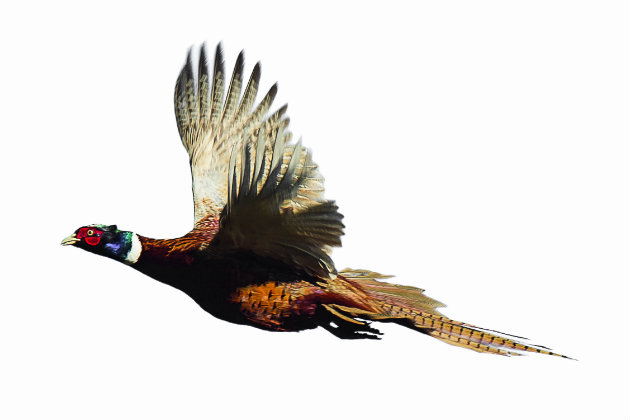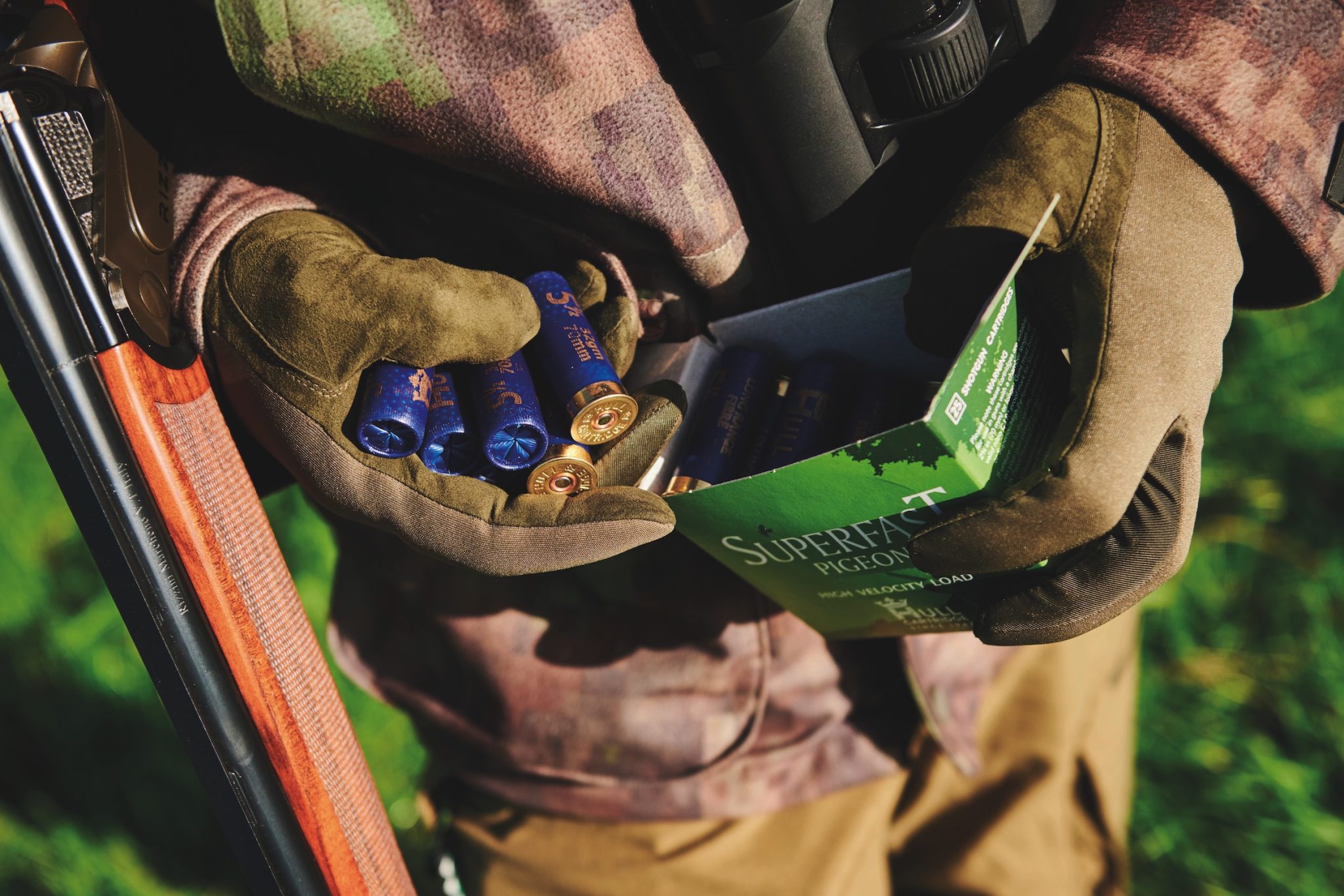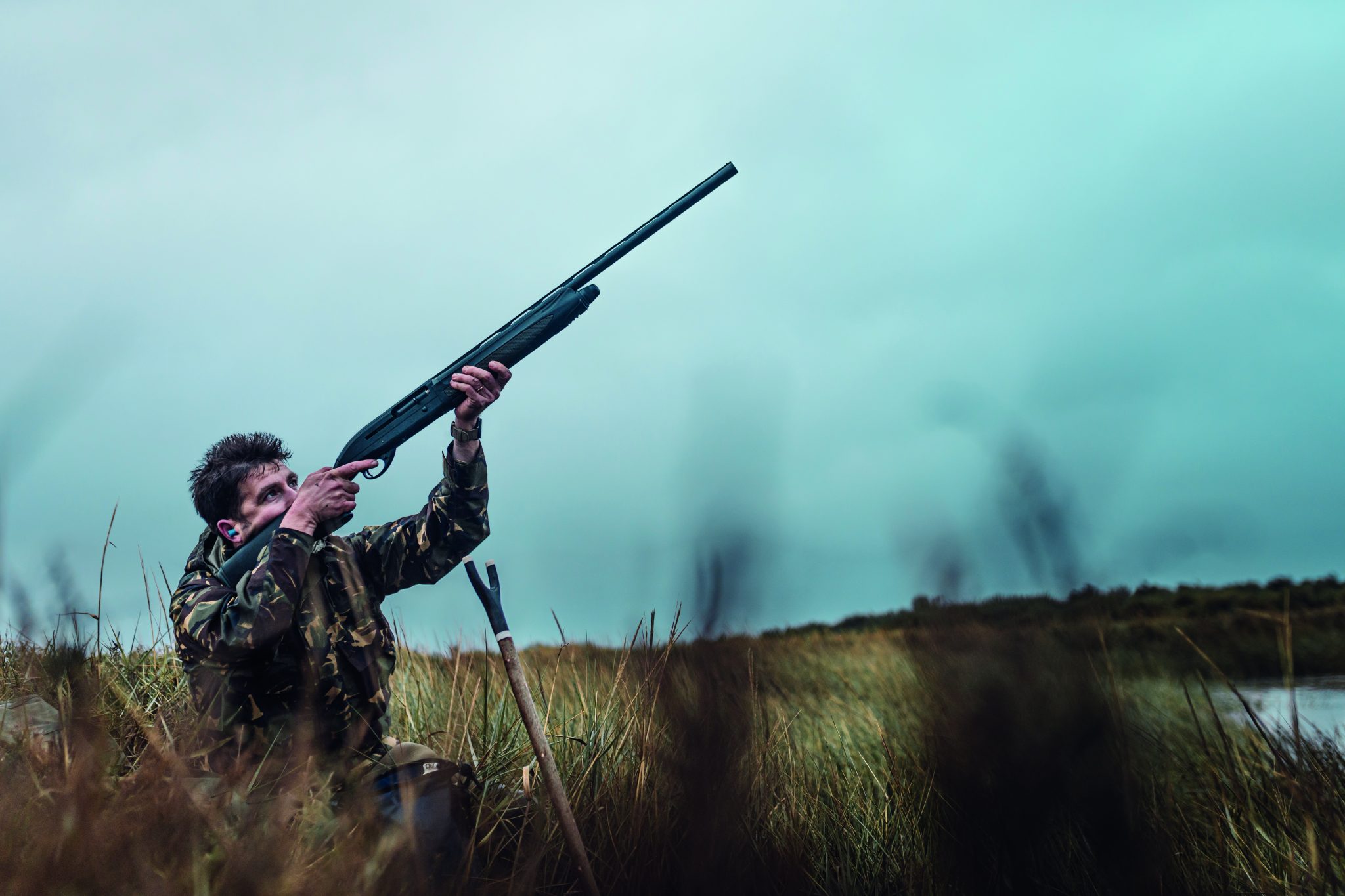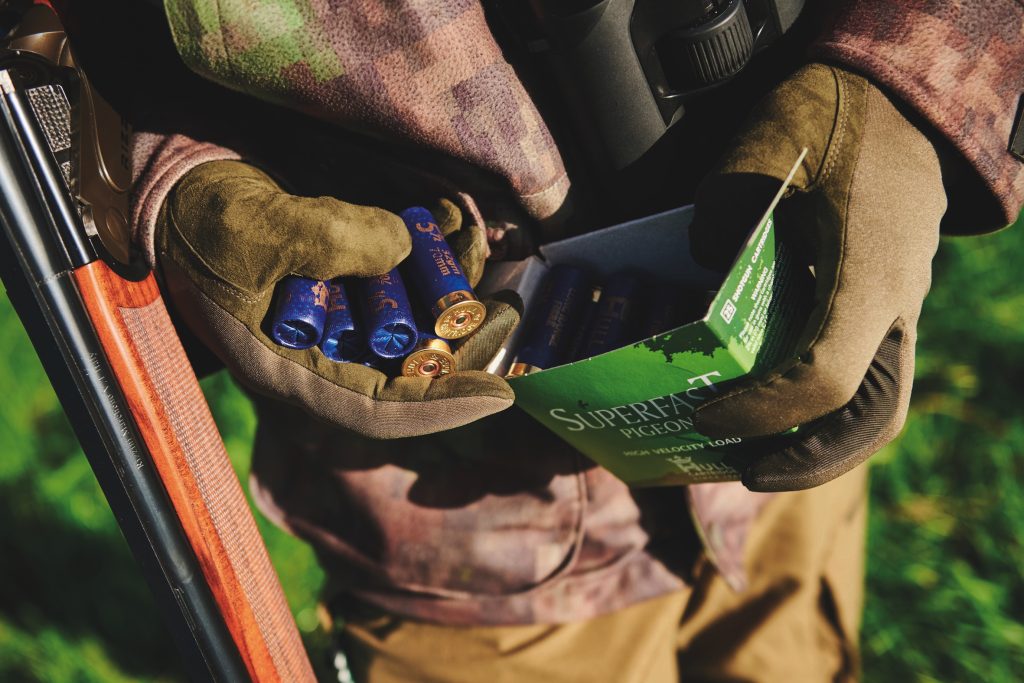Many DIY shoots are looking at ways of reducing costs, and one way of achieving that is rearing pheasants yourself.…
Win CENS ProFlex DX5 earplugs worth £1,149 – enter here
Facts about the pheasant – phasianus colchicus

Just how long the pheasant has been found in Britain is open to question but it is likely that, as with so many of our non-native species, the Romans had a major hand in bringing them to our shores. It is also likely that they were bred as table birds long before their sporting potential was recognised, when the development of the firearm permitted widespread wing shooting to take place. So what are the facts about the pheasant? It is undeniably our most popular gamebird today and with good reason – it is fast flying, delicious and straightforward to rear and release.
Origins of the pheasant
The pheasant’s origins actually lie a long way off in eastern Europe and Asia. There are around 49 species to be found worldwide and our own common pheasant has many subspecies, not to mention the many strains developed specially for the shooting field.
View this post on Instagram
The name pheasant has its origins in the Latin phasianus, meaning Phasian bird, the Phasis being a river now known as the Rioni that flows from the Caucasus mountains into the Black Sea. Colchicus refers to the ancient city of Colchis, the modern-day Kutaisi in Georgia, which lies on the Rioni’s banks.
British arrivals
- The first arrivals in Britain were almost certainly what we would recognise today as the Old English Blackneck, while the Ringneck with its characteristic white collar did not arrive from the Far East until much later. Only subsequently were new strains developed, assisted by the pheasant’s ability to interbreed readily between species.
- Today’s gamekeeper can choose from an almost bewildering variety that includes the Michigan Blueback, Bazanty, Scandinavian, Japanese green and Manchurian, among many others.
- The truly massive so-called Jumbo Ringneck, weighing in at up to 5lb and occasionally as much as 7lb, is by far the biggest but is not truly a sporting bird having been developed in the USA for the table market.
- Most strains are based on the original imports of Phasianus colchicus. Fashions come and go, each dictated by particular characteristics such as size, flying ability, resistance to disease and – especially important to the gamekeeper – a willingness to remain in the area that they are released into and not to stray.
View this post on Instagram
Popular partridge
The pheasant may be our most popular gamebird but this was not always so. Before breechloading guns were invented around the middle of the 19th century, the grey partridge was the main sporting species, walked-up with muzzle-loading guns and shot over setting or pointing dogs. The breechloader changed all that, along with the realisation that pheasants were more easily reared in large numbers for the increasingly popular sport of driven shooting.
View this post on Instagram
Big pheasant bags
Compared with today, it quickly became the fashion to shoot huge bags. In 1909, no less than 3,824 were shot at Warter Priory in Yorkshire along with 526 hares, 15 partridge, 92 rabbits and three unspecified ‘various’. Elsewhere, 3,937 were shot at Hall Barn in Buckinghamshire in 1913 by a team of just six guns. King Edward VII was an enthusiastic shot and is credited with boosting the popularity of big pheasant days, although it is rumoured that he only took to shooting seriously when he became too fat to go hunting on horseback.
View this post on Instagram
Breeding
In the early days, rearing pheasants was labour-intensive and done under broody hens. Today, it would be difficult to find sufficient broodies when needed in large quantities, but a century ago every farm holding and most country cottages would have quantities of chickens and they would have been much easier to source. Modern gamekeepers look more to hatching eggs in incubators and then rearing them under gas or electric brooders, although some still stick to the old methods that ensure chicks mature with better instincts and are more likely to breed in the wild.
View this post on Instagram
The Game & Wildlife Conservation Trust estimates that around 35 million pheasants are released every year, of which perhaps 15 million are shot, supplementing a wild population that thrives especially well wherever there is effective predator control. Wild bird shoots have become increasingly popular, producing smaller bags but superior quality shooting. The smaller wild pheasant of East Anglia is a special challenge with a particular reputation for cunning, avoiding being flushed wherever possible and producing some very testing shooting when it is forced to fly.
How to keep your pheasants close to home
October is a month that will test the nerves of the best of us. The birds we have looked after…
While the Wildlife and Countryside Act forbids releasing non-native species, there may still be the odd surprise or two out there. Although the stunning black and silver Lady Amherst’s Pheasant (Chrysolophus amherstiae) flourished around Woburn until only recently, the Golden Pheasant (Chrysolophus pictus) still breeds in some parts of the country, mainly the Brecklands of East Anglia and the New Forest in Hampshire. While this glorious confection of gold, red and cinnamon brown (females, like those of most pheasant species, are more inconspicuously coloured) is reluctant to leave the ground and prefers to run, only flying clumsily if it has to, take care not to raise your gun as it is most definitely not on the legal quarry list.
Related Articles
Get the latest news delivered direct to your door
Subscribe to Shooting Times & Country
Discover the ultimate companion for field sports enthusiasts with Shooting Times & Country Magazine, the UK’s leading weekly publication that has been at the forefront of shooting culture since 1882. Subscribers gain access to expert tips, comprehensive gear reviews, seasonal advice and a vibrant community of like-minded shooters.
Save on shop price when you subscribe with weekly issues featuring in-depth articles on gundog training, exclusive member offers and access to the digital back issue library. A Shooting Times & Country subscription is more than a magazine, don’t just read about the countryside; immerse yourself in its most authoritative and engaging publication.









